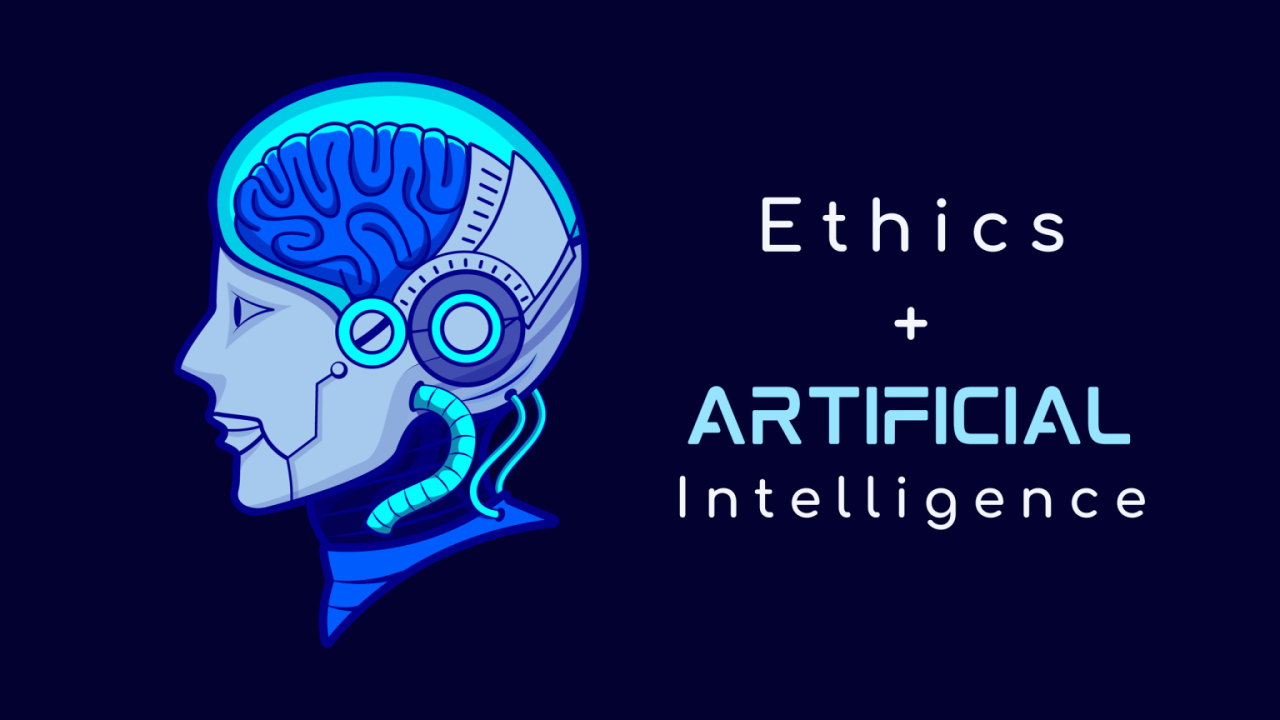Introduction
In an age wherever synthetic intelligence is surrounding virtually every market, from healthcare to money, it’s no real surprise that even janitorial services are getting a high-tech upgrade. Enter Janitor AI—a quickly emerging creativity that mixes robotics, device understanding, and automation to streamline the washing method in both professional and residential settings.
Not even close to being just another computer buzzword, Janitor AI presents an important shift in how washing is approached, giving better, safer, and more effective solutions that benefit both washing organizations and their clients. This information explores the rise of Janitor AI, how it works, their advantages, and why it’s easily becoming the ongoing future of the washing industry.
What Is Janitor AI?
Janitor AI identifies the usage of synthetic intelligence-driven techniques—such as for instance washing robots, wise detectors, and application platforms—that could autonomously or semi-autonomously conduct washing tasks. These techniques can:
- Navigate rooms and obstacles
- Clean materials with high detail
- Monitor cleanliness degrees
- Learn from utilization habits to optimize washing schedules
That engineering is not limited to robotics; it also contains AI application that controls clubs of human janitors by optimizing schedules, checking offer utilization, and ensuring quality get a grip on through information analysis.
Key Technologies Behind Janitor AI
-
Robotics and Automation
Robotic janitors, like these observed in hospitals and airports, use AI to maneuver separately, avoid obstacles, and clear efficiently. Some can clean, machine, and even disinfect materials applying UV light. -
Machine Learning
These techniques become better over time. They understand the best instances to wash particular areas, adjust their avenues, and even understand habits like high-traffic areas that require more attention. -
IoT (Internet of Things)
IoT-connected units, such as for instance wise trash bins or offer dispensers, communicate with Janitor AI tools to signal if they require interest, making a completely improved washing ecosystem. -
Normal Language Running (NLP)
Some tools include chatbot interfaces for service managers or customers, letting easy connection with the system—scheduling cleanings, asking for studies, or troubleshooting problems applying AI-driven conversations.
Benefits of Janitor AI
1. Increased Effectiveness
AI-powered cleaners can operate longer than human personnel without fatigue. They follow improved avenues, lowering time spent and increasing the square footage cleaned per hour.
2. Charge Savings
Though preliminary startup could be larger, organizations save your self in the long term by lowering guide work costs, energy utilization, and washing material waste.
3. Data-Driven Choices
Janitor AI techniques obtain and analyze information in true time. Ability managers can use this information to recognize issue areas, increase scheduling, and spend resources more effectively.
4. Higher Criteria of Sanitation
With wise detectors and AI-driven evaluation, these techniques can achieve consistent and often remarkable washing effects, that is particularly critical in hygiene-sensitive areas like hospitals or food service environments.
5. 24/7 Availability
Unlike human janitors, AI techniques can operate during off-hours, ensuring features are clear and prepared by morning without disrupting operations.
Real-World Applications of Janitor AI

-
Hospitals and Healthcare
Cleaning robots designed with UV disinfection are used to sterilize rooms and hallways without human contact with pathogens. -
Airports and Searching Centers
Large locations benefit from autonomous sweepers and scrubbers that perform overnight to keep surfaces spotless. -
Offices and Professional Houses
Smart scheduling and performance checking instruments support manage janitorial team more effectively and with better results. -
Schools and Universities
Janitor AI guarantees classrooms and restrooms are cleaned thoroughly and often, selling a healthy understanding environment. -
Hotels and Hospitality
AI techniques support check cleanliness requirements and even talk with guests for slight service requests.
Is Janitor AI Replacing Human Jobs?
A standard issue with automation is work displacement. Nevertheless, Janitor AI is definitely not exchanging human cleaners but augmenting their perform.Here is how:
- Human-AI Collaboration: Janitor AI are designed for repeated or dangerous responsibilities, while people give attention to complicated or sensitive and painful jobs.
- New Possibilities: Tasks are moving from guide washing to managing, development, or sustaining AI systems—making new career paths.
- Improved Working Problems: AI assists lower contact with hazardous compounds, heavy raising, and repeated strain.
Challenges and Limitations
While Janitor AI is promising, it’s not without issues:
- Large Original Prices: Installing robotics and AI techniques could be expensive, especially for small businesses.
- Maintenance Wants: Like any computer, these techniques need normal changes and servicing.
- Restricted Job Range: Several AI techniques are good at particular responsibilities but can not yet fit the full flexibility of a human cleaner.
- Solitude Concerns: Cameras and detectors may raise problems in workplaces or public spaces.
Nevertheless, since the engineering evolves and becomes cheaper, these constraints are anticipated to shrink.
The Future of Janitor AI
The washing market is on the edge of a good revolution. In the long run, we may see:
- Completely autonomous washing fleets managing big features with minimal oversight.
- Integration with wise creating techniques to wash rooms immediately based on occupancy or air quality.
- AI-driven sustainability studies, supporting features match environmental and regulatory standards.
As AI becomes more intelligent and accessible, Janitor AI will probably develop into a common feature in every modern building’s maintenance strategy.
Conclusion
Janitor AI is transforming just how we think of cleanliness, maintenance, and working efficiency. By blending robotics, device understanding, and real-time analytics, it offers strong instruments that benefit companies, personnel, and people alike.
While it may not totally change human janitors anytime soon, it’s obvious that the ongoing future of washing is based on wise effort between person and machine. Enjoying this creativity today suggests staying in front of the contour, increasing health requirements, and managing a more effective operation.




